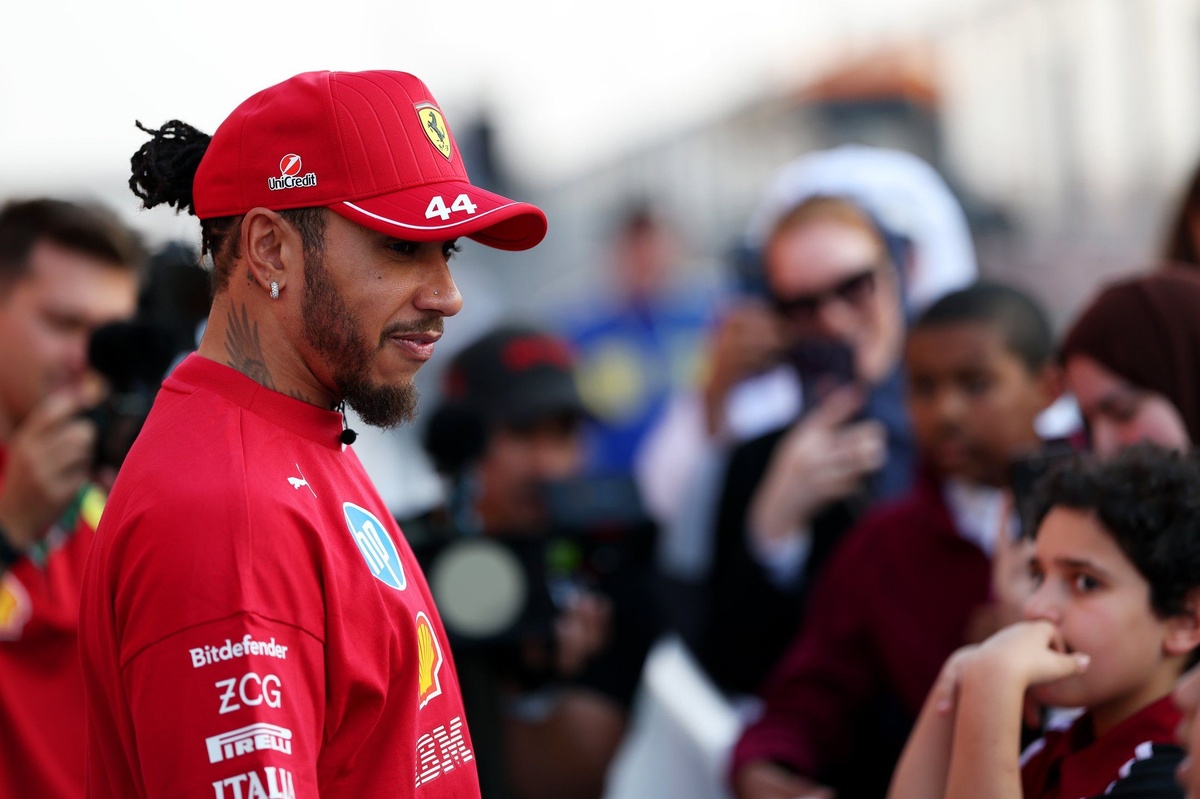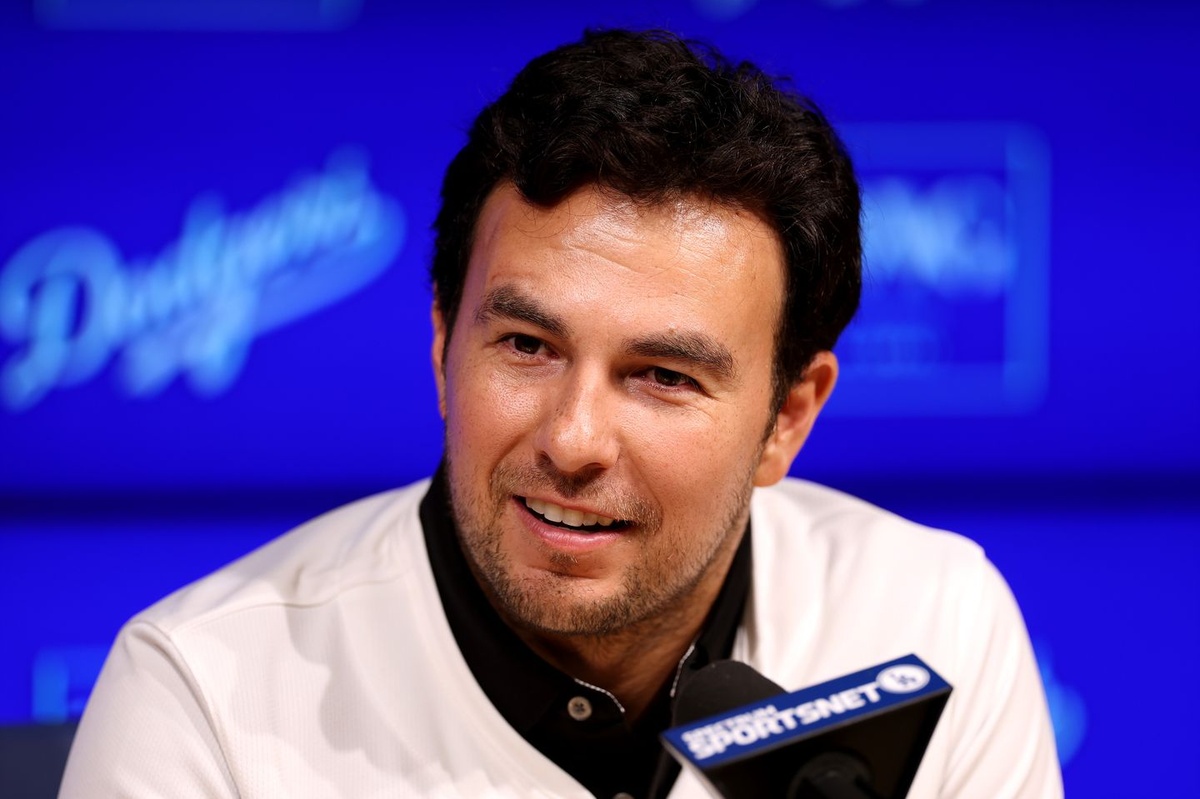Ferrari‘s Brazil GP Sprint Struggles: Spin and Miscalculations Leave Team Disappointed
Ferrari’s hopes for a strong performance at the Brazilian Grand Prix were dashed during sprint qualifying, where a series of spins and timing miscues contributed to a disappointing showing. The team’s struggles were highlighted by both Lewis Hamilton and Charles Leclerc grappling with their SF-25 cars, which ultimately pushed them outside the top positions at the iconic Interlagos circuit.
What Went Wrong for Ferrari in Brazil GP Sprint Qualifying
Friday’s session was marred by incidents that impacted performance and strategy. Hamilton executed a 720-degree spin in practice, a sign of the instability that continued into qualifying. Leclerc also lost control during the session, encountering a fellow competitor at a critical juncture, which disrupted his rhythm and compounded Ferrari’s issues. Hamilton ultimately finished SQ2 in 11th place, commenting, “We just weren’t quick enough,” highlighting the underlying challenges facing the team.
Track Conditions and Timing Issues
The Interlagos track posed its own set of challenges with its bumpy surface and complex gradients, leading to significant timing decisions from teams. Leclerc’s unfortunate spin came at a critical moment, prompting yellow flags that hindered Hamilton’s final lap attempt. With track conditions evolving rapidly, managing timing becomes essential, but Ferrari appeared to miscalculate their strategy under pressure.
Aerodynamic Woes: Inherent Design Flaws
Ferrari’s challenges don’t stem from a single event but rather from a persistent issue with the SF-25’s design. The car’s aerodynamic map is built for low ride heights, a requirement it struggled to meet throughout the season. This lack of performance has hampered the team’s ability to find the sweet spot necessary for optimal downforce, affecting their competitive edge against rivals like Red Bull and Mclaren.
The Ground-Effect Challenge
With the current ground-effect regulations in Formula 1, the role of suspension setup is more critical than ever. While Red Bull has successfully harnessed these changes, Ferrari’s inability to achieve the necessary rear ride height without loss of pace has left the team grasping for solutions. Leclerc’s data revealed a troubling plateau in lap times, indicating deeper issues with the car’s setup.
Post-Qualifying Reactions: A Call for Improvement
Following the qualifying session, Leclerc expressed his frustration, stating, “The car was very slow today… we’ve got something to work on.” Both drivers acknowledged the need for significant refinements to regain competitiveness as they head into the main race. Despite the setbacks, Leclerc remains hopeful for improvements heading into the weekend.
Conclusion: The Road Ahead for Ferrari
The Brazilian GP sprint qualifying session served as a stark reminder for Ferrari of the many hurdles still ahead. As they aim to salvage their season, the team will need to address both strategic miscalculations and aerodynamic deficiencies to reclaim their standing within Formula 1. The spotlight now shifts to tomorrow’s race, where Ferrari must translate invaluable lessons from Sprint Qualifying into tangible performance improvements on the track.





